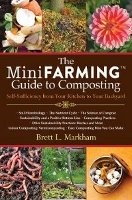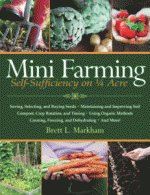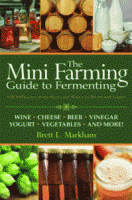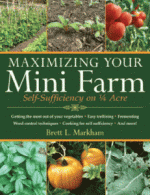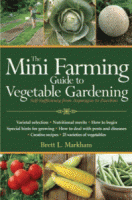There is only so much that can be done using the calendar as a timetable for planting. By its very nature, this technique is very cautious so as to avoid frost damage to tender crops.
But nature doesn’t use a calendar. Instead, it uses very sophisticated methods for determining when seeds should sprout, including factors such as accumulated heat. Using nature as your guide, you are likely to get an extra couple of weeks out of the growing season.
The easiest way to do this is to use seeds for crops from the prior year as a guide. Some mustard seed undoubtedly was sown, and some tomatoes fell to the ground and remained over the winter. A couple of carrots were likely missed during harvest, as well as a couple of potatoes.
When greenery appears above the carrot left in the ground from last season, that is the time to plant your carrot, parsnip, and celery seeds. When last year’s potatoes are sending up sprouts from the ground, that is the time to sow your potatoes. When tomatoes start sprouting in the beds of their own accord, that is the time to transplant your tomato seedlings.
If one is a keen observer of nature, you will notice other signs as well. I know that when the petals fall off the flowers on the apple trees, it is time to plant the brassicas — broccoli, cabbage, etc. as well as onion sets. I know that when the asparagus stalks start branching out, it is time for me to plant out the lettuce.
Such observations are very local; so the observations that work for me won’t work for you. Just plant by the calendar and observe the natural phenomena occurring around that time or just prior; and make note of it in your journal. Soon, you will be able to add a couple of weeks to your gardening season without fear of damaged plants just by following Mother Nature’s cues.
Filed under: Planting



